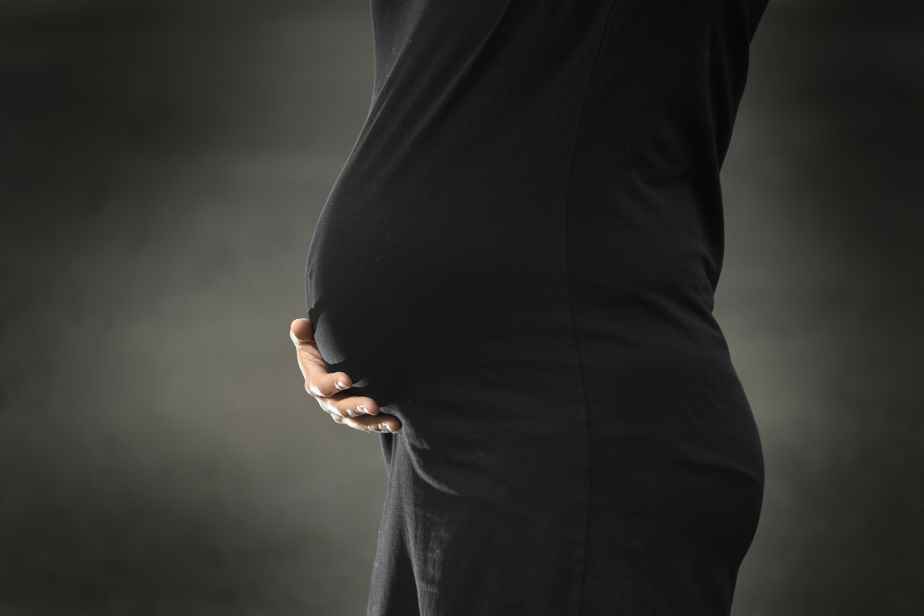Last January 26 appeared in The Press an article titled “Paternity leave for every father, court rules1 which related that a judge of an administrative tribunal of Quebec (TAQ) had granted a couple of men who had recourse to a surrogate mother in the United States two benefits of paternity leave instead of only one. The TAQ based its decision on the fact that these men were discriminated against in relation to adoptive parents.
Given that they had resorted to surrogacy in the United States, the Quebec civil registry considered them a couple who would have a child without resorting to surrogacy or adoption.
This is why the lawyer for the Ministry of Employment and Social Solidarity pleaded by referring to the “pregnancy and birth” benefits of the Quebec Parental Insurance Plan (QPIP), which provides for a single paternity benefit. The judge instead referred to “adoption benefits” (one benefit per parent)2.
Does this comparison hold?
In 2019, the legislator increased the number of weeks of benefits for adoptive parents: “So that adopted children, who have enormous needs, can benefit from at least a year of their parents’ presence by their side”, according to Véronique Hivon. There Parental Insurance Act (LAP) has not provided specific provisions for surrogacy3.
Is it discriminatory not to make an equivalence between the number of weeks of benefits provided for adoption and those provided for “pregnancy and birth” in surrogacy cases?
In 2021, a Nova Scotia couple who used surrogacy challenged Canadian income tax law, citing discrimination that deprived them of deductions to which adoptive parents are entitled. On appeal, the Tax Court of Canada (TCC) rejected the equivalence between parenting models using adoption and those using surrogacy.
TCC judge rules surrogacy expenses defeat purpose of adoption expense tax credit: provide tax incentive to parents adopting vulnerable children . Contrary to the TAQ judge, the analysis of this objective and the differentiation of the means used to form a family enabled the TCC judge to determine that there had been no discrimination.
Remember that adoption is a child protection measure aimed at providing a family for a vulnerable child whose enormous needs have been recognized by the legislator. Offering the same leave for parenthood obtained by surrogacy implies recognition that these children also suffer harm. However, how could the legislator find morally acceptable surrogacy which voluntarily organizes harm to a child before conception? The psychotherapist specializing in adoption, Johanne Lemieux, underlined the challenges of attachment and the various bereavements that the adopted child will have to face all his life following the separation from his biological mother. From his point of view, the child born of surrogacy is also separated from his biological mother at birth and handed over to people unknown to him.
18 weeks of maternity leave
In the same article, it is also pointed out that a Quebec couple who used an Ontario surrogate wanted to take advantage of maternity leave benefits4. The latter has objectives distinct from parental leave. Mothers obtain this (non-shareable) leave in order to benefit from the most favorable conditions for the development of the physiological processes of pregnancy, childbirth, breastfeeding and breastfeeding, which are important to protect. It should be added that the payment of this leave is provided for pregnancies of Quebec women in Quebec and that, in the case reported by The Pressthe pregnancy was carried out in Ontario.
It is regrettable to note that the courts thus impose decisions on the government that divert QPIP benefits from their objectives while bypassing the democratic process.
These social measures aim to protect the health and well-being of mothers and children, to enable women engaged in the labor market to benefit from a compensatory income before and after childbirth, to promote the commitment of fathers to of their children and to protect vulnerable adopted children.
In closing, let us remember that the Ontario market and international reproductive surrogacy tourism covet the pool of Quebec surrogate mothers precisely for the generous government incentives that parents and surrogate mothers can take advantage of, promoting the growth and profits of this industry by through indirect subsidies. Ironically, Quebec taxpayers subsidize the birth effort of foreign countries, because some of their citizens are already using Quebec surrogate mothers eligible for the QPIP.
3. Article 541 of the Civil Code does not recognize the validity of contracts; the practice of surrogacy having been judged as an attack on human dignity.
4. References: article 7 of the LAP and articles 36 and 38 of the RALAP: maternity benefits are granted to enable the mother to recover from her pregnancy and childbirth.
* Co-signatories: Ghislaine Gendron, co-coordinator for Quebec of the WDI (International Declaration of the Rights of Women), co-author of the book Bellies for Hire: A Feminist Critique of Surrogacy (L’échappée editions, 2022); Lise Boivin, feminist

